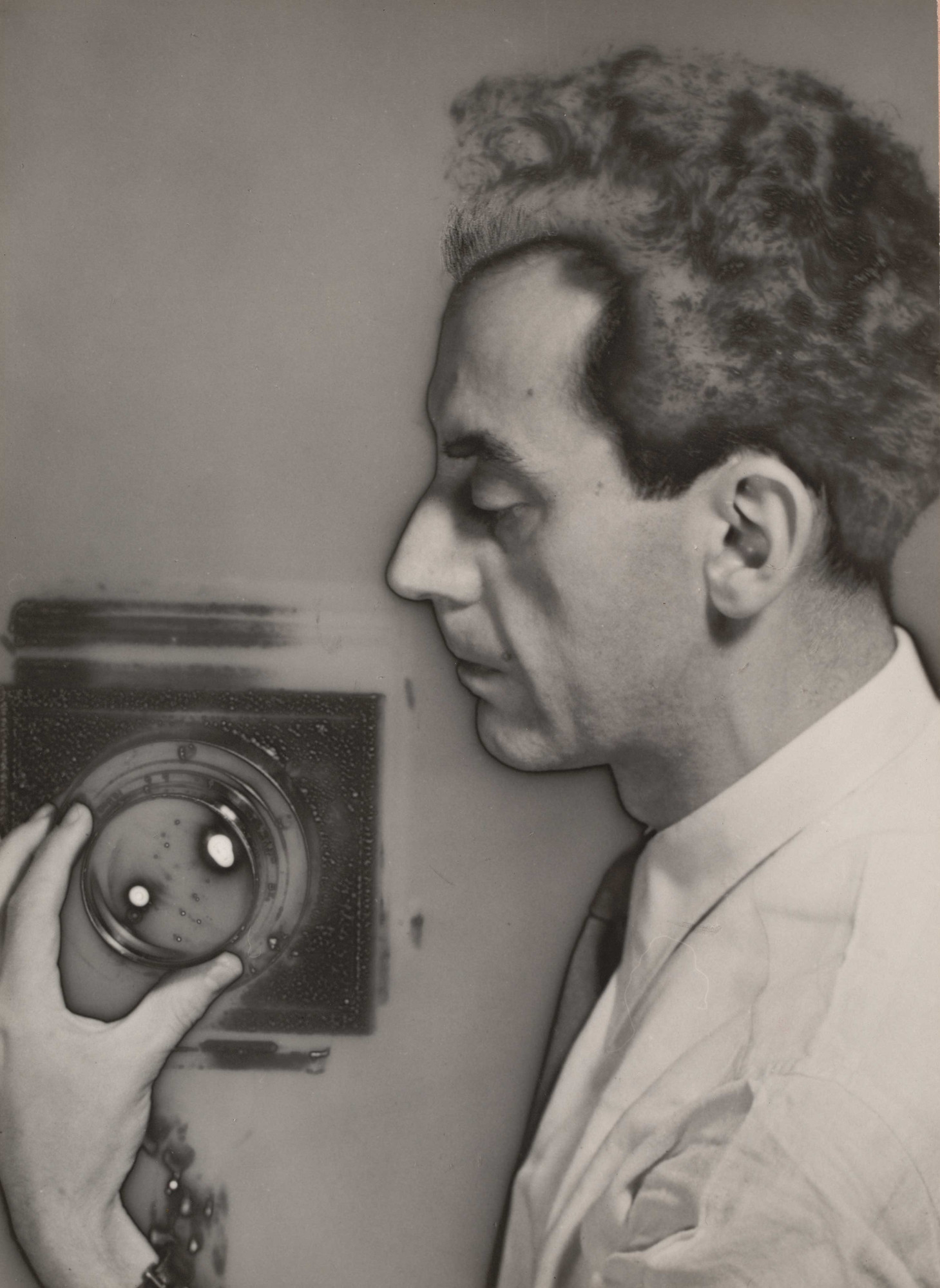Man Ray

Man Ray's photography differs greatly from last weeks blog on Lee Friedlander. Instead of trying to make the photos as busy as possible to create a more interesting composition, Ray keeps his focus of the image pretty clear and leaves a lot of negative space in the background. By doing this, the viewer focuses on the main subject instead of being distracted by other components. This blank space also allows room for the viewers' imagination instead of hints to the story behind the photo being left to be observed.
Man Ray also participated in photogram photography. Ray uses everyday objects and manipulates them in a way that resembles a scene or story, but nothing is clear enough to make out. In these, some of the outlines of the objects are not sharp, and these combined has almost a dreaminess effect. Another example of this surrealism feel is in the picture below. While I am not sure what the techniques used to create this image were, there is no doubt that Ray's use of non-traditional techniques emphasized his focus on a whimsical reality. Even with these effects, Ray creates a beautiful contrast across the photos, and I believe one way he takes control of this is by maneuvering the light source, or the subject relative to the light source, to create shadows and highlights in places that need more contrast.

As I study Ray's photography, I noticed he captures naked women often, and in a lot of these photos the women are positioned to resemble an object or are placed next to an object to show the similarities; this showcases how either Man Ray himself thought of women as something to obtain and be used like an object, or this was a popular view at the time of his work. There are also a number of photographs taken of sleeping women. There can be different interpretations of this idea, but I believe this is a way of portraying how when you sleep, you are almost dormant from reality and are taken somewhere else, somewhere where the details are not clear and reality can feel distorted. These themes show up greatly in Man Ray's photography.
Comments
Post a Comment